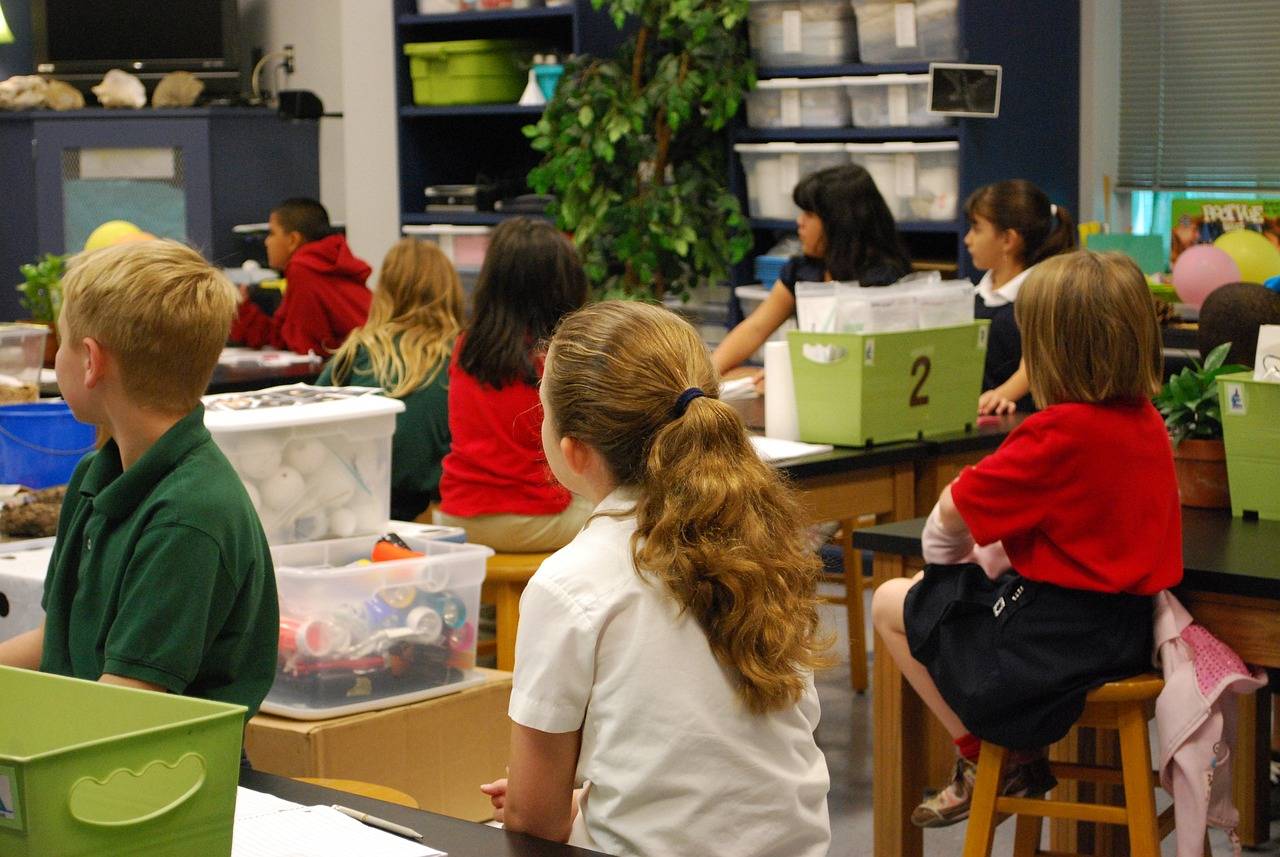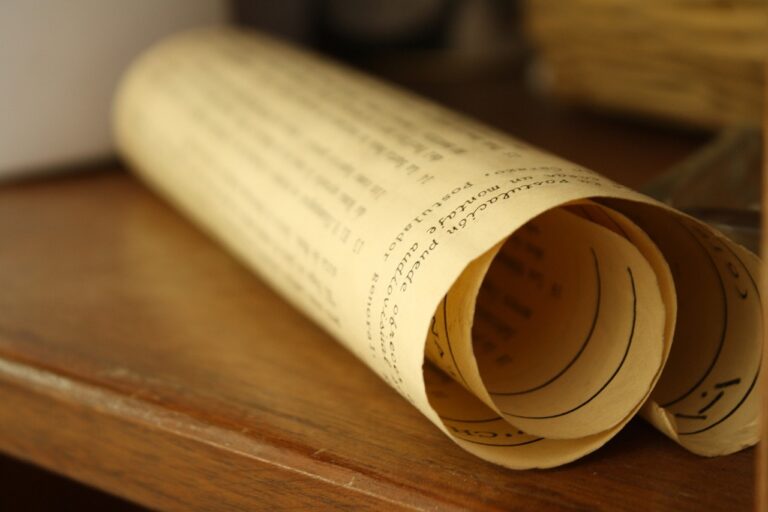The Role of Peer Assessment in Student Learning
Peer assessment in student learning can foster a deeper understanding of the subject matter. When students assess their peers’ work, they are prompted to critically analyze the material and provide constructive feedback. This process not only benefits the students receiving the feedback but also enhances the evaluators’ own comprehension of the topic. Through this reciprocal exchange of feedback, students can strengthen their analytical skills and develop a more comprehensive grasp of the subject.
Furthermore, peer assessment encourages students to take ownership of their learning. By actively engaging in the evaluation process, students become more accountable for their academic progress. This sense of responsibility can motivate students to put forth their best effort in completing assignments and projects, knowing that their peers will provide feedback on their work. Ultimately, peer assessment empowers students to become independent learners who are actively involved in their educational journey.
Peer Assessment as a Form of Collaborative Learning
Peer assessment in student learning promotes a dynamic environment where peers play an active role in each other’s academic growth. Through this collaborative approach, students engage in constructive feedback that nurtures critical thinking and communication skills. By assessing their classmates’ work, individuals not only reinforce their own understanding but also develop empathy and tolerance towards diverse perspectives. This process cultivates a sense of responsibility and ownership over one’s learning journey, fostering a strong sense of community within the classroom.
Moreover, peer assessment encourages students to deepen their understanding of the subject matter through meaningful discussions and debates. This form of collaborative learning enhances the development of analytical skills and promotes a deeper level of comprehension. By engaging in peer assessment activities, students actively reflect on their own knowledge and skills while also gaining insights from their peers. Through this reciprocal exchange of feedback, individuals grow both academically and socially, creating a supportive and inclusive learning environment.
What are the benefits of peer assessment in student learning?
Peer assessment allows students to receive feedback from their peers, gain different perspectives on their work, improve their critical thinking skills, and enhance their own understanding of the subject matter.
How does peer assessment promote collaborative learning?
Peer assessment encourages students to work together, engage in discussions, and provide constructive feedback to their peers. This fosters a collaborative learning environment where students can learn from each other and improve their own skills.
What role does peer assessment play in developing students’ critical thinking skills?
Peer assessment requires students to analyze and evaluate their peers’ work, which helps them develop critical thinking skills. By providing feedback and suggestions, students learn to think critically about their own work as well as others’.
How can teachers incorporate peer assessment into their classroom activities?
Teachers can introduce peer assessment by providing clear guidelines, establishing a rubric for evaluation, and facilitating discussions among students. They can also monitor the peer assessment process and provide support as needed.
What challenges may arise when implementing peer assessment in student learning?
Some challenges of peer assessment may include bias, lack of expertise in evaluating others’ work, and potential conflicts among students. It is important for teachers to address these challenges and provide guidance to ensure a fair and effective peer assessment process.





